
The new Peak District Bouldering guide has just been published. To mark the release, authors Rupert Davies and John Coefield have picked out 5 of their favourite problems climbed while working on the new edition.
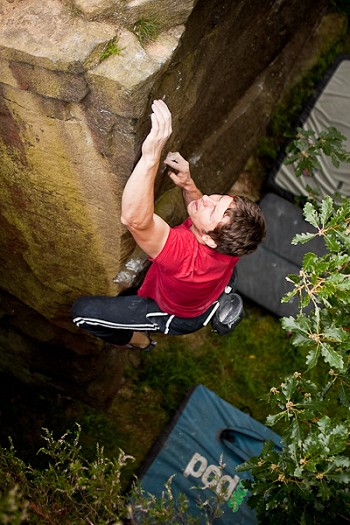
Ru: The High Road (f3+), Stanage Far Right
Many easier boulder problems can feel like support acts to the harder ones; they often climb the smaller less impressive lines. Not this one. The High Road is a big problem that actually goes somewhere. An interesting start traversing the undercut flake line gives way to easier padding up the final arête.
John: Beyond the End (f4+), Burbage North
Just about the furthest boulder and problem from the car at Burbage North. And better for it. No polish, no crowds, no queue, no-one else at all. Really good moves too. I love it.
Font 4
Ru: The Arete (S 4a), Harborough Rocks
The Arête is one of the bigger, more obvious lines here but I chose this problem more for the venue than this specific feature. The positive limestone holds at Harborough mean you can enjoy the highball climbing without a fear of falling.
John: Excavator's Arête (V2), Dobb Edge
An esoteric choice, for which I apologise, but only a bit. Positive pulling up a highball arête with a flutter to get stood on top. Well off the beaten track, which is never a bad thing.
Font 5
Ru: Tody Boy (f5+), Froggatt Edge
Ok so this isn't a particularly novel choice, but Tody's Wall wasn't described in detail in the last guide so I re-climbed all the problems on it when checking the Froggatt section. This really is a perfect chunk of rock. The folds of grit provide lovely holds and movement, and the high finish adds a little spice.
John: Perfect Porthole Problem (f5+), Derwent Edges
I've done this loads of times and I think it's the best low-grade problem in the eastern Peak. Made better by being so far from the car, on an amazing boulder, high above Derwent with an amazing view. Plenty more in the area too if you're sick of the crowds and fancy a big day out.
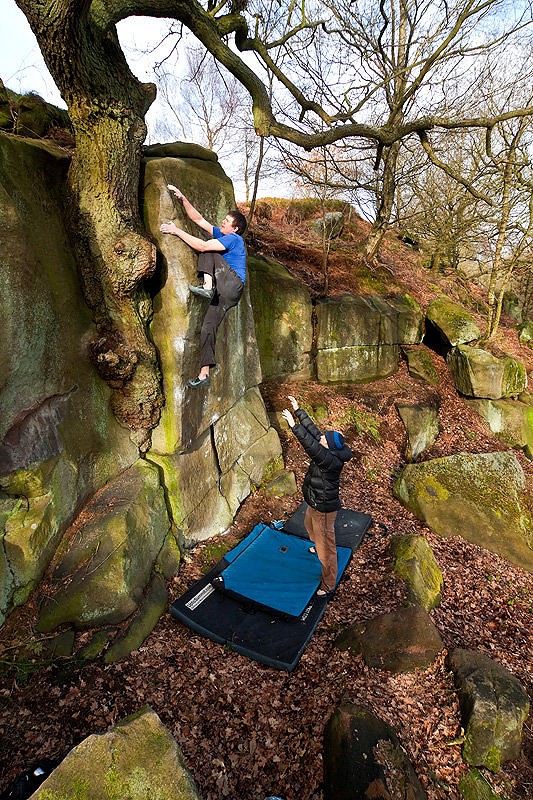
Ru: Love Handles (f6A), Stanage Far Left
Despite being the most popular crag in the country (probably), the crowds at Stanage disappear as you walk past High Neb. Love Handles is one of the best problems on this part of the edge. Unusually for a wall climb it follows a perfect feature: a square cut rib that yields at an amenable grade thanks to a hidden hold.
John: Brad's Arête 'The Presence of Absence' (f6C+), Stanton Moor
Knocking on for two years ago local area devotee John Bradbury unearthed yet more problems on the enigmatic Stanton Moor. The so-called Secret Boulders now help this fragmented circuit hang together a little better, filling the void along the edge between the classic Spare Rib (aka Brutal Arête) and the Cat (aka King) Stone. The pick of the bunch is this arête, a cool technical sequence at a good height on very good rock. Don't let the snappy name put you off, this is a cool problem.
Font 7
Ru: Red or Dead (f7A+), Blackwell Dale
The roadside crags around Sean's Roof in Blackwell Dale aren't the classiest venues, but I quite like finding good climbing in odd places. And there are some pretty odd places in the new guide. The rock on Red or Dead is some of the best and most compact limestone in the Peak, comparable to the central part of Two Tier Buttress in Chee Dale. The start moves involve a lovely lollop rightwards from a sloping shelf to a funny pocket, then a big heel-hook pull into the crimpy upper wall.
John: Touch (E4 6c), Hen Cloud
One of the first research sessions for the new guide was over in Staffordshire at and around The Roaches. We headed to Hen Cloud first on a tip-off from Adam Long that Simon Nadin's old school route Touch over the back of the Cloud was actually a really cool highball boulder problem. And it is. E4 6c in old money, it's a great highball 7a with pads. The tricky bit is passing a very sloping break about halfway, and the top-out looks horrendous, but thankfully it isn't – holds arrive just where you need them. A great piece of climbing and a Staffs must-do.
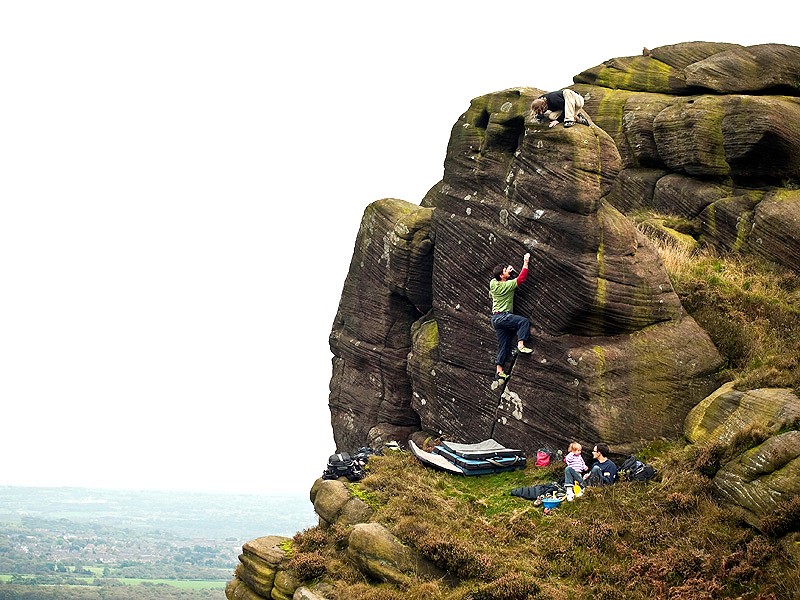
Peak District Bouldering 2011 – So, What's New?
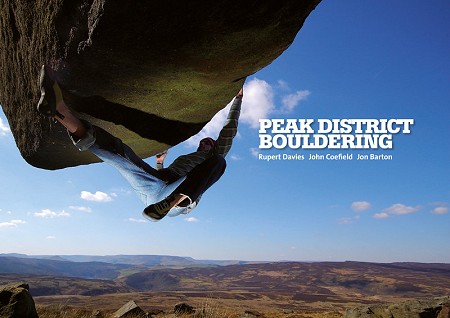
It's almost six and a half years since we published our first guide to bouldering in the Peak District, and a lot has changed in the new edition.
First of all, there are a lot of new crags in the new book. Crags that have been in guides before, and quite a few that haven't been documented in guides at all. The Derwent Edges, Tintwistle Knarr, Wolf Edge, Blackwell Dale, Stanton-in-the-Woods to name a few. There's a hell of a lot of problems too. The first book had around 1,400 problems, while there are about 3,300 in this book.
We've revisited all of the content from the original book and revised and re-written it where access, crag or problem information has changed. We've also had a team of dedicated locals check over everything we've done too to ensure it's as accurate as possible. It's been a labour of love for almost two years, and now it's over to you to put it to good use.
- Check out sample pages and more information on the Vertebrate Publishing Website

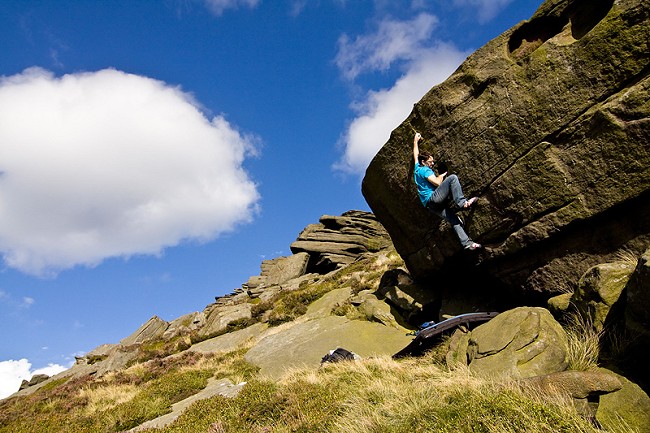
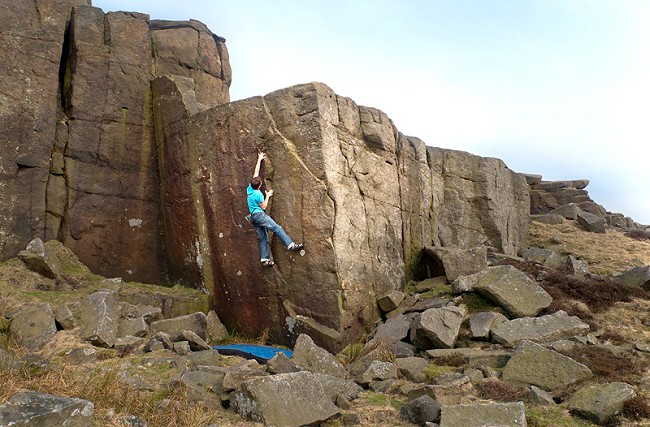
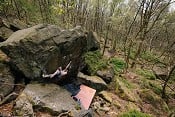
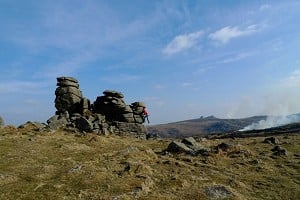
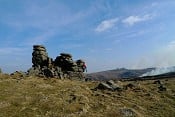
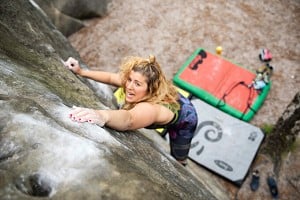









Comments